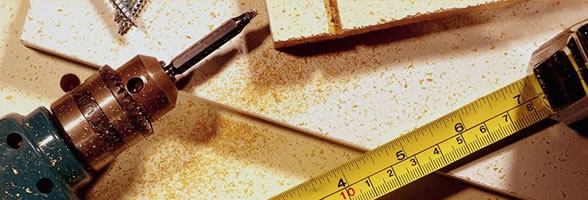Article archive
02/07/2016 18:52
The Caravelle Hotel is located in Ho Chi Minh City, Vietnam. The hotel was opened to the public on Christmas Eve 1959, when the city was known as Saigon. Contemporary journalists noted its use of Italian marble, bullet-proof glass and a “state-of-the-art air-conditioning system and a Berliet private generator.”
The hotel’s modern design was the work of a Vietnamese architect, Mr. Nguyen Van Hoa, a graduate of Ecole Superieure des Beaux Arts in Hanoi. (Ref: "Caravelle-Saigon, A History" by VHSG, Saigon Culture Publishing House, 2009) The original ten-story building is now adjoined to a 24-story tower that forms the bulk of the new property. However, the iconic Saigon Bar has changed little since 1959.
History
During the 1960s, the Caravelle was home to the Australian Embassy, the New Zealand Embassy, and the Saigon bureaus of NBC, ABC and CBS. As a hub of communication, it became an noted location in the Vietnam War. See for example the Caravelle...
—————
02/07/2016 18:48
The Five O'Clock Follies is a sobriquet for military press briefings that occurred during the Vietnam War. Richard Pyle, Associated Press Saigon bureau chief during the war, described the briefings as, "the longest-playing tragicomedy in Southeast Asia's theater of the absurd.
The briefings occurred in a bar on the roof of Saigon's Rex Hotel, and journalists alternately cracked cynical jokes and shouted at officials, often complaining about a Credibility gap between official reports and the truth. Public affairs officer Barry Zorthian led the briefings, and he once lamented that where the US government's word was once true until proven false, in Vietnam it would be questioned until proven true.
Journalists updated the name during the Gulf War. Press briefings at that time were unofficially known as the "Four O'Clock Follies."[3]The Five O'Clock Follies is a sobriquet for military press briefings that occurred during the Vietnam War. Richard Pyle,...
—————
02/07/2016 18:41
One of several evacuations by helicopter from 22 Gia Long Street on 29 April, 1975. Photographed by Hubert van Es, working for UPI.
22 Gia Long Street, now 22 Lý Tự Trọng Street, is an apartment building in Ho Chi Minh City, then called Saigon, that became an icon of the Fall of Saigon when chosen as an assembly point for Operation Frequent Wind in 1975. A Dutch photographer, Hubert van Es, working for UPI, took a photograph that captured the last chaotic days of the Vietnam War, which many people believed showed desperate Americans crowding on to the roof of the United States Embassy to board a helicopter.The building in fact was an apartment building that housed employees of the United States Agency for International Development (USAID), with its top floor reserved for the Central Intelligence Agency's deputy chief of station.
The photo depicts an Air America Huey helicopter landing on the roof of the elevator shaft to evacuate employees of the U. S....
—————

